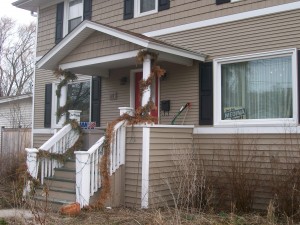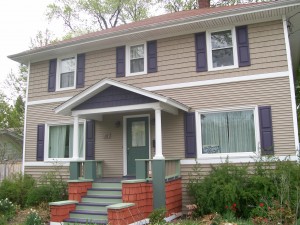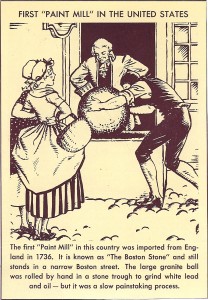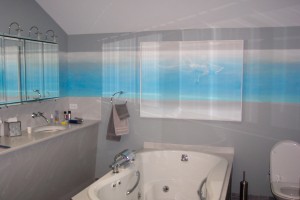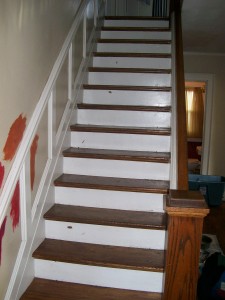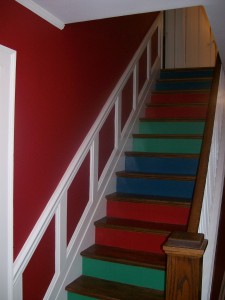On an exterior painting project, rusty nails are a problem. When nails begin to rust on an old house, it causes a rust stain to appear on the surface of the paint. Eventually, the rust will cause the paint film to fail and flake off.
We are currently doing paint restoration on a 1882 farm house. There are a total of 3,600 rusty nails on the siding of this house. As a first step in the preparation work for this exterior painting project, we had to set up a procedure for effectively dealing with the rusty nail situation.
As a first step, our house painters used a nail punch slightly smaller than the nail heads to sink the nails by no more than 1/8”. We then scraped the loose paint off the face of the nails and applied a rust converter to kill off any rust residue. Our painters then filled the nail holes using a waterborne window putty. We chose this product because of its rust-inhibitive qualities and also because it requires no sanding and no priming, and has a quick curing time. Because this product shrinks, we had to hit the nail holes two or three times to eliminate any cratering of the product.
Our client greatly values his piece of Northern Illinois country history and he wanted to make sure his rusty nail issue was permanently dealt with before we undertook the exterior painting of his old farm house.







 Follow
Follow

